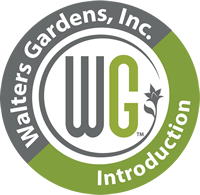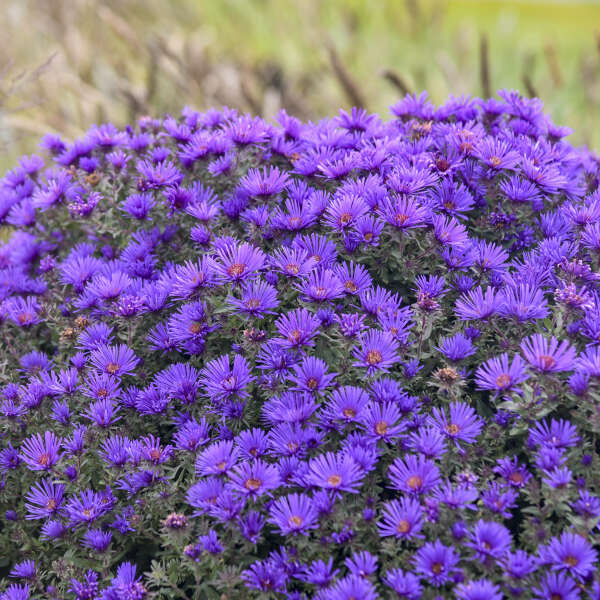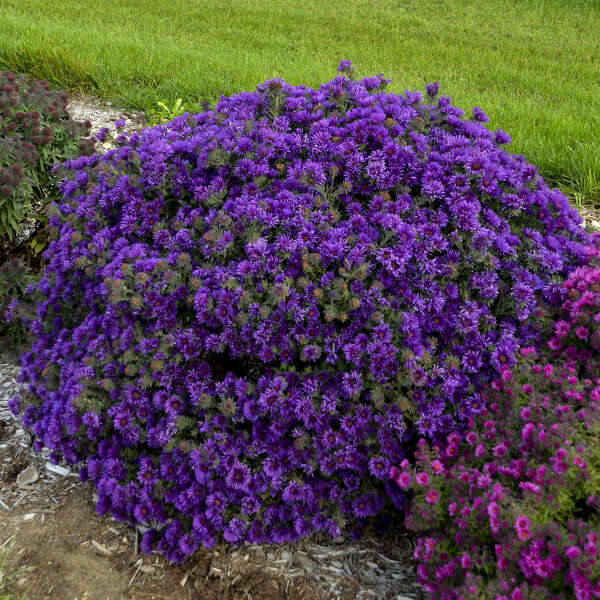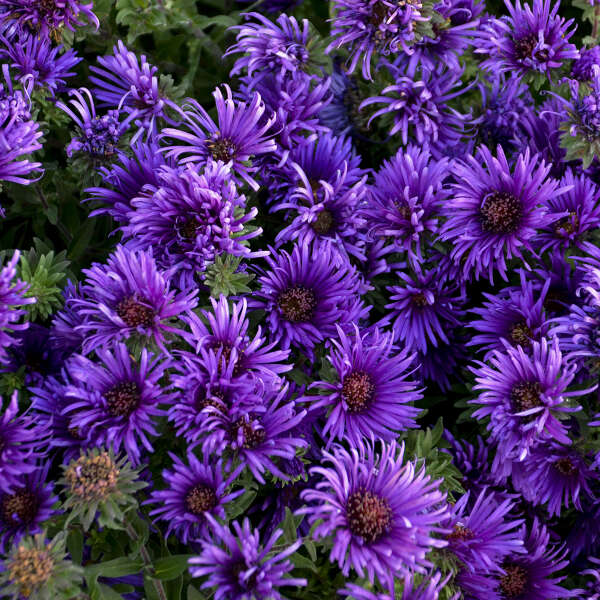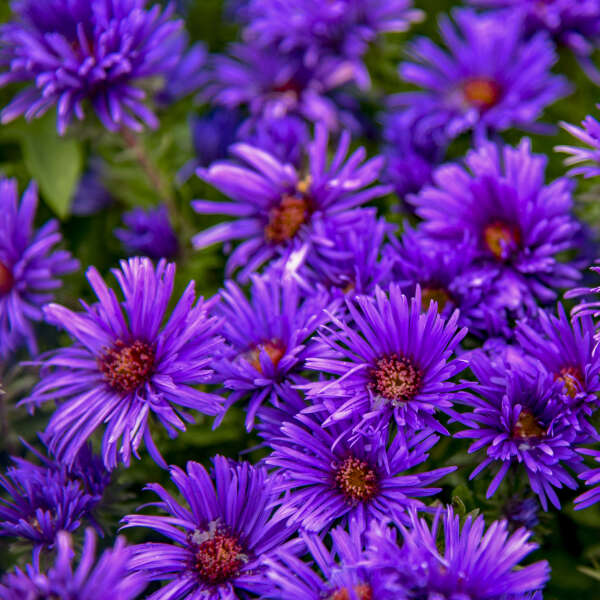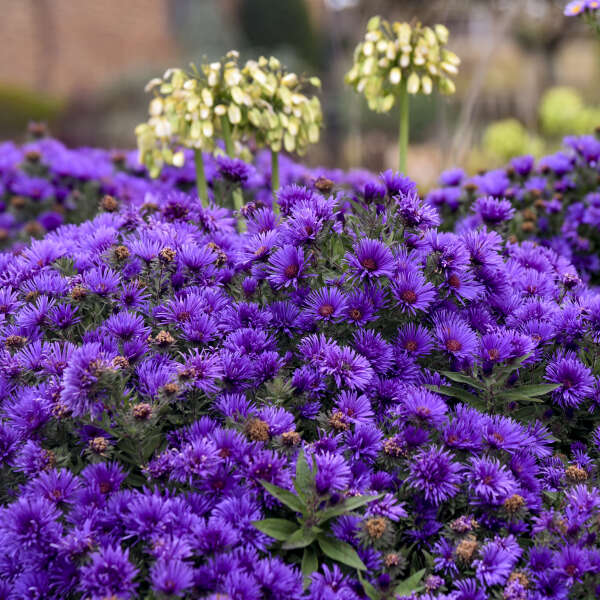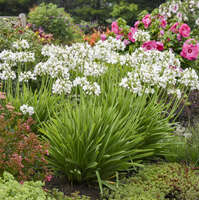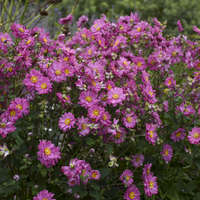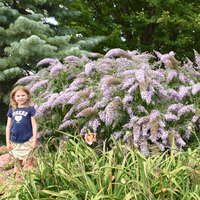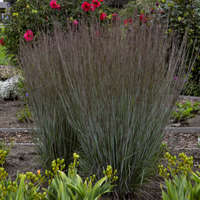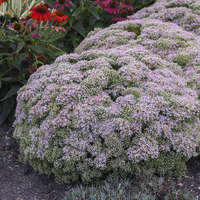Growing Temperature:
65-75° F days
60-65° F nights
Holding Temperature:
50-60° F
Soil PH:
6.0-6.5
EC (What is EC?):
2.5-3.5 pour through method
Fertility:
Aster are heavy feeders and perform best when a constant liquid fertilization program is used, feeding at rates of 150-200 ppm nitrogen. Use complete N-P-K fertilizers with the majority of the nitrogen being in nitrate form. Fertilizing with micronutrients is also recommended. Discontinue fertilizer and use clear water when flowers begin to open.
For Controlled Release or Slow Release Fertilizer, see your preferred supplier for recommended rates for incorporation or top dressing, as it varies by fertilizer.
Vernalization:
Vernalization is beneficial but not required. Provide 10-12 weeks of temperatures below 40° F.
Pests & Diseases:
Aphids, Japanese beetle, chrysanthemum lace bug (Corythucha), green patch aphid (in greenhouse), western flower thrips, rosy blister gall (Asteromyzia), aster leafhopper, leaf and root-knot nematodes.
Impatiens necrotic spot virus, aster yellows, stem canker (Phomopsis, Rhizoctonia), rots (Fusarium and Sclerotinia), Botrytis blight, leaf spots, aster wilt (Phialaophora), Verticillium wilt, powdery mildew (Erisyphe), anthracnose, downy mildew, rusts, crown gall, black knot (Gibberidea), dodder (Cuscuta sp.), leaf gall, (Synchytrium, white smut.
Potting & Timing:
Use a professional potting media with 20-35% peat moss for water retention.
Moisture:
Aster require frequent irrigations, particularly when they reach finished size. Watering thoroughly when irrigation is necessary, allowing the soil to dry slightly between waterings.
Planting Level:
Place crown just below soil level, plugs even with the soil line.
PGRs/Pinching:
Pinching is beneficial to promote lateral branching.
B-Nine (Daminozide) at 2,500-3,750 ppm. Applying 1-2 applications 7-10 days apart should provide adequate height control. The first application should occur after pinching - once the new shoots are about 1 inch in length.
Lighting:
Short days required to flower.
Other Comments:
Cooler night temperatures (55-60° F) help intensify the color of the bloom.
